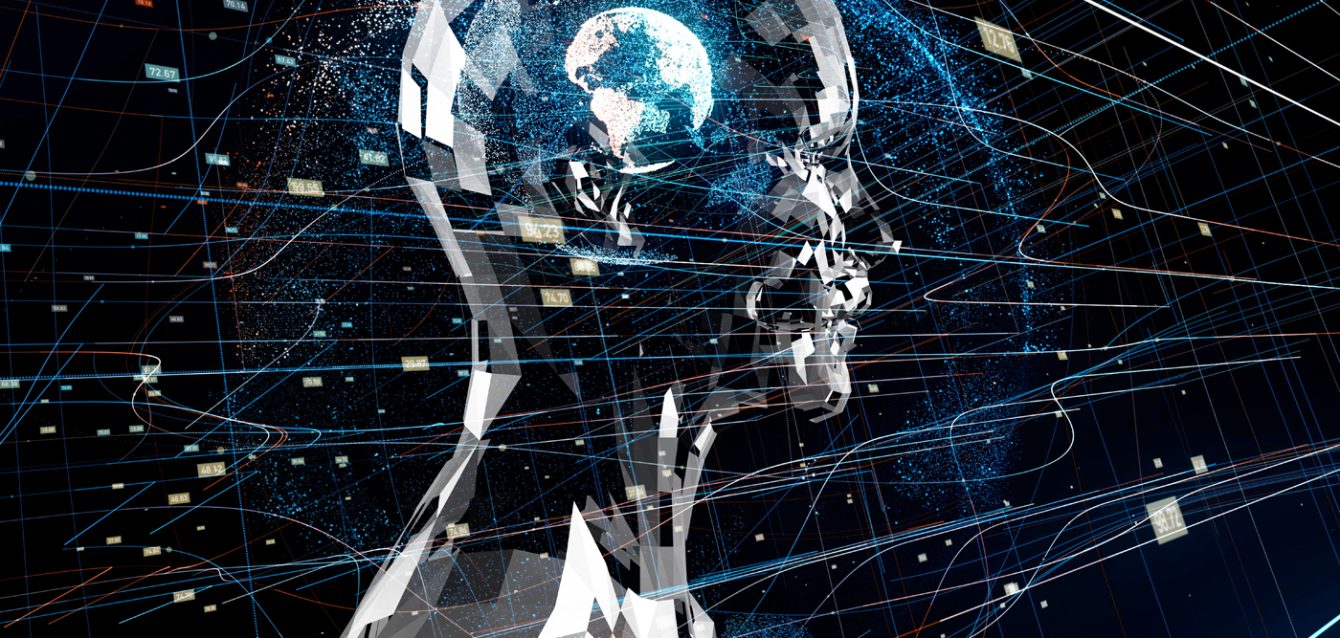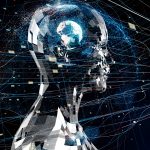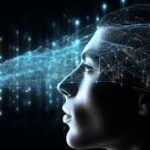Artificial Intelligence continues to reshape the world around us, from how we work and create to how we live and interact with technology. In 2025, several top AI trends are emerging that promise to redefine innovation and everyday life. Here’s a closer look at the five trends making the biggest impact.
1. Generative AI Goes Mainstream
Generative AI is taking creativity to a whole new level. These systems can produce text, images, music, code, and even 3D models from simple prompts. In 2025, generative AI is becoming a standard tool for content creation across industries.
- Creative Collaboration: Artists, designers, and writers are using AI as a co-creator, experimenting with ideas faster and exploring possibilities that were previously impossible.
- Efficiency and Productivity: Content that once took days to produce can now be generated in minutes, from marketing copy to complex illustrations.
- Personalized Applications: AI-generated solutions can be tailored to individual preferences, allowing for highly personalized experiences in art, entertainment, and even gaming.
Generative AI is no longer just a novelty — it’s a powerful creative assistant transforming the way we imagine and produce.
2. AI-Powered Personal Assistants
AI assistants are evolving far beyond simple voice commands. Today’s AI can manage complex tasks, anticipate user needs, and even provide context-aware advice.
- Daily Life Management: Modern AI assistants can organize schedules, suggest optimal travel routes, manage reminders, and even handle personal finances.
- Learning and Adaptation: These assistants learn user habits and preferences, becoming increasingly intuitive and personalized over time.
- Multilingual and Accessible: AI assistants now support multiple languages and accessibility features, making technology more inclusive for users worldwide.
In 2025, AI personal assistants are moving closer to being truly indispensable, seamlessly integrating into work, study, and everyday life.
3. Multimodal AI
Multimodal AI refers to systems that can process and understand multiple types of input simultaneously — text, images, audio, and video. This capability is transforming human-computer interaction.
- Richer Understanding: AI can analyze a photo while reading a description and listening to audio cues, providing more accurate insights or solutions.
- Applications in Learning and Creativity: Students, designers, and researchers can use multimodal AI to explore concepts in new ways, combining visual, auditory, and textual data for deeper understanding.
- Enhanced Accessibility: Multimodal AI improves accessibility tools, helping people with visual or hearing impairments interact with technology more effectively.
This trend is making AI interactions more natural, versatile, and human-like than ever before.
4. AI in Healthcare
AI is transforming healthcare, from diagnostics to patient care and treatment planning. In 2025, AI is expected to play an even bigger role in improving outcomes and reducing inefficiencies.
- Predictive Diagnostics: AI algorithms can detect early signs of disease from medical images, lab results, and patient history, enabling faster and more accurate diagnoses.
- Personalized Treatment Plans: AI analyzes vast datasets to recommend treatment strategies tailored to individual patients, optimizing care and reducing side effects.
- Operational Efficiency: Hospitals and clinics use AI to manage scheduling, patient flow, and administrative tasks, allowing healthcare professionals to focus on patient care.
With AI in healthcare, patients and providers alike benefit from smarter, faster, and more precise medical solutions.
5. Ethical and Responsible AI
As AI becomes more pervasive, responsible use is one of the most important trends in 2025. Ethical AI ensures fairness, transparency, and accountability.
- Bias Reduction: Organizations are implementing AI frameworks that detect and correct biases in decision-making systems.
- Transparent Decision-Making: Explainable AI allows users to understand how AI systems reach conclusions, fostering trust and reliability.
- Regulation and Compliance: Governments and institutions are increasingly introducing policies to ensure AI is safe, ethical, and aligned with societal values.
Ethical AI is not just a technical requirement — it’s essential for building public trust and ensuring AI benefits society as a whole.
Conclusion
These top AI trends for 2025 highlight how AI is evolving in creativity, personal assistance, multimodal understanding, healthcare, and ethical adoption. Staying informed about these trends is key to understanding the future of technology and how it will impact everyday life.
Call to Action:
👉 Curious how these top AI trends could shape your world? Contact Neural AI today to explore cutting-edge AI solutions and stay ahead in 2025.




